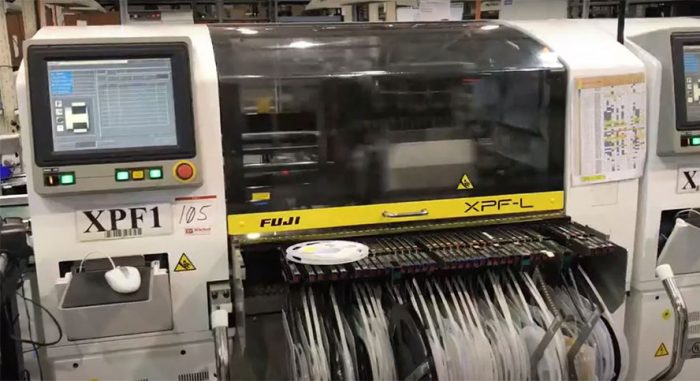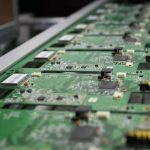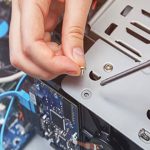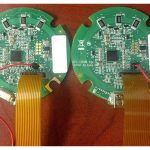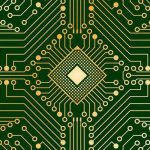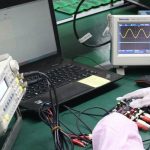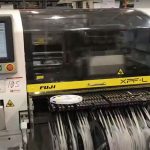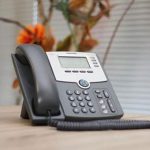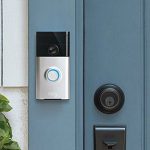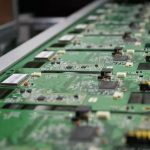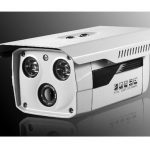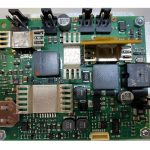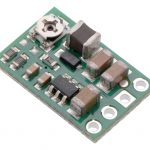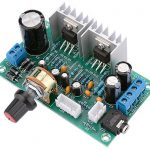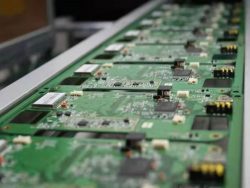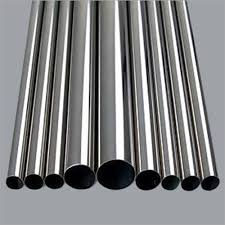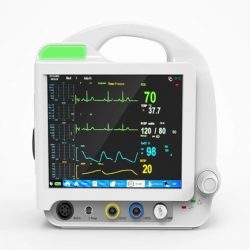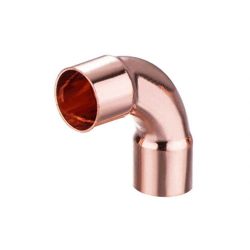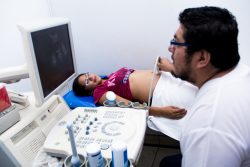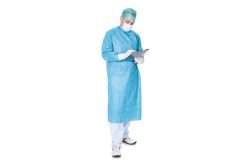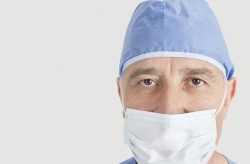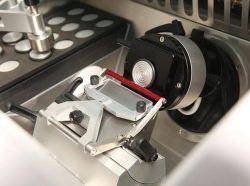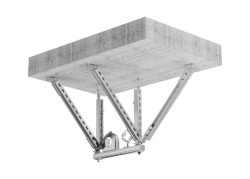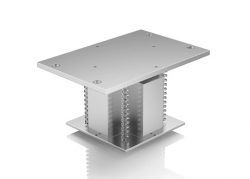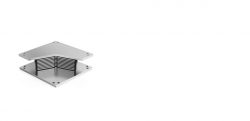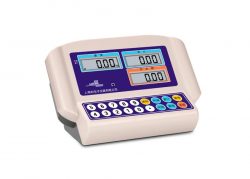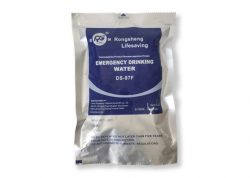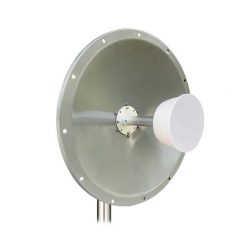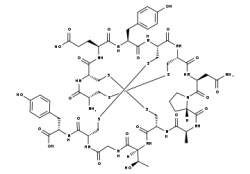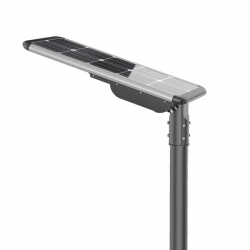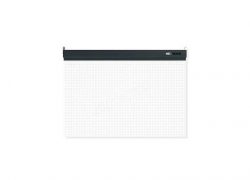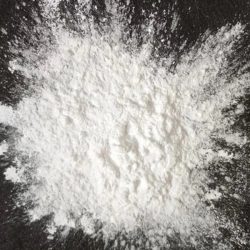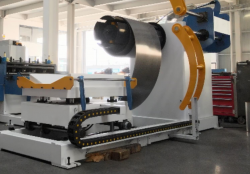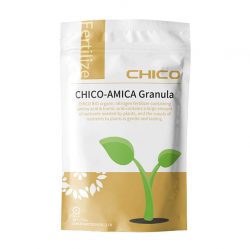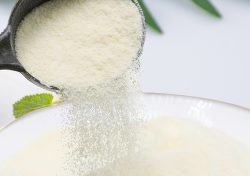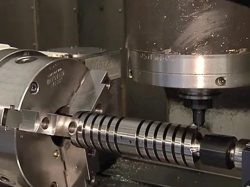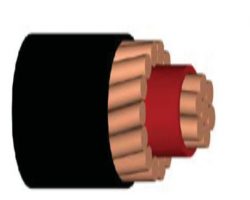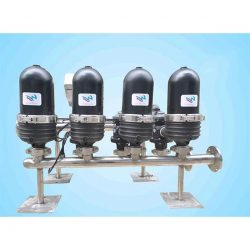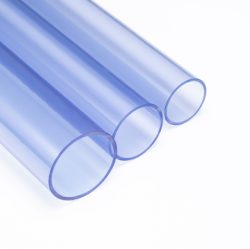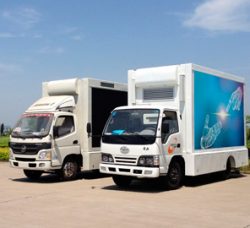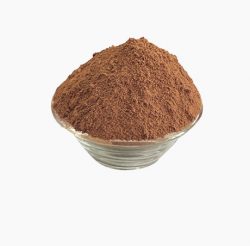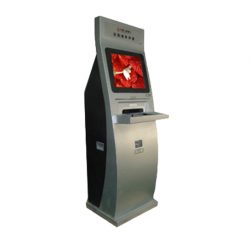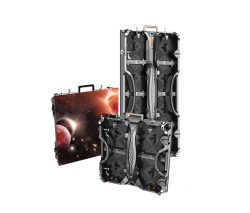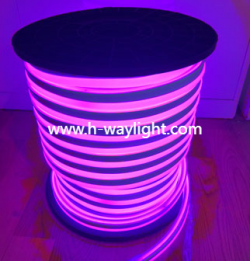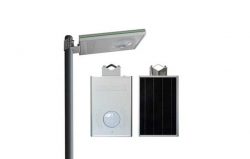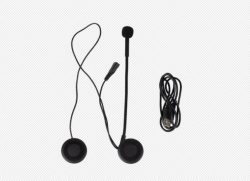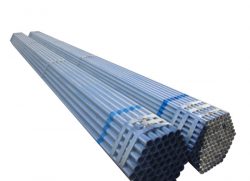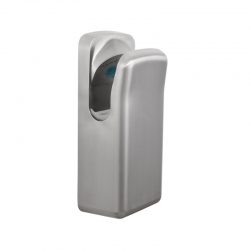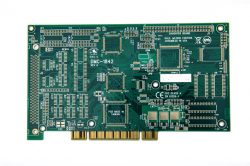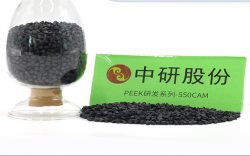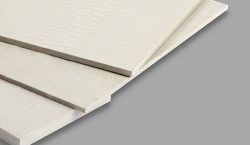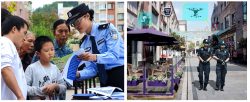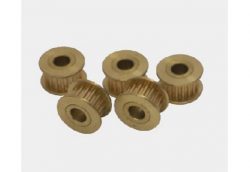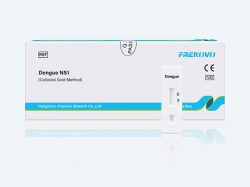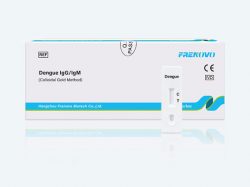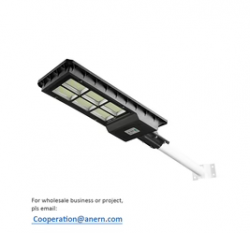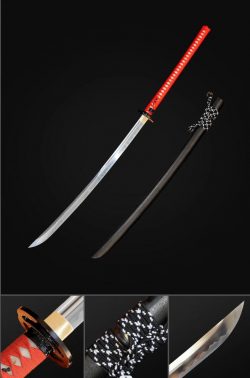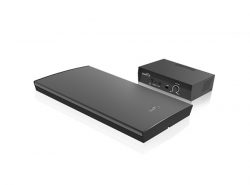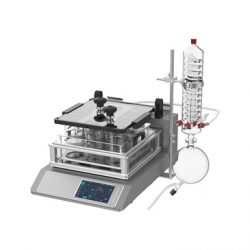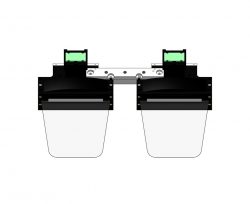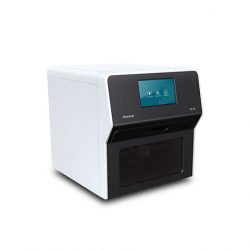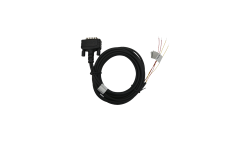PCB Assembly
HX PCBA factory specializes in manufacturing PCBAs using fully automated. We have the 6 SMT lines equip Fuji XPF SMT machine for surface mount (SMT) and 2 through-hole technology (THT) lines. HX electronic technology is uniquely positioned to take on large mass, medium volume and small quantity projects with industry-leading strict quality assurance and competitive prices. Manufacturing the stand to IPC-A-610 Class II and III standards, every employee with high tech inspection and testing equipment service one goal. We can offer a reasonable PCB assembly price for customers.
PCB Assembly Quality Control
In the processing and assembling of PCB assembly, components and systems, one of our PCBA manufacturing guiding principles is to comply with production-related and customer-specific guidelines and quality guidelines. As an ISO 9001.2015 certified PCBA factory, we work in accordance with the agreement defined by ISO. As the great PCBA factory, we can consistently obtain a high level of manufacturing quality through a reasonably structured manufacturing process and accompanying manufacturing documents.
Features of PCB Assembly
SMT, THT Service.
AOI, X-Ray, High and low-temperature test, aging.
Fine Pitch, BGA and Passives placement to 01005.
RoHS, and CSA Compliant.
Conformal Coating and Potting.
Off-site to strategic partners for in-circuit testing (ICT).
PCBA is the abbreviation of the printed circuit board assembly, that is to say, PCB empty board after SMT on the pieces, and then after the DIP plug-in the whole process, referred to as PCB assembly. PCB board SMD will have thousands of electronic components and welding test points, and finally composed of a circuit board. With many small and dense accessories, if there is a little careless in the whole PCBA production, the wrong material or detection will affect the quality of the product and a lot of waster.
Application of PCB Assembly
The electronics industry covers a wide range of products, including automobiles, computers, TVs, cell phones, etc. With the change of market demand and the development of technology, electronic products will become smaller and smaller, with shorter life cycle and multi-variety, small batch and integrated production. In the electronic products, PCB assembly is an important process in the electronics industry. 3C products such as computers and related products, communication products and consumer electronics are the main application areas of PCB assembly. CEA said the biggest demand comes from smartphones and notebook computers, and other products with very significant sales include digital cameras, LCD TVs and other products.
The difference between PCB and PCBA
PCBA refers to a processing process in general, and can also be understood as a finished circuit board, that is, the PCB board processes are completed before the PCBA production.
PCB refers to an empty printed circuit board. There are no parts on it. In a nutshell, PCBA is a finished board; PCB is a bare board.
PCB Assembly Cleaning Introduction
At present, in the whole unit to PCB assembly uses two cleaning methods:
one is to use anhydrous ethanol manual brushing, using an immersion or local brushing. Manual brushing is mainly for PCB assembly with more components that are not suitable for water washing or all immersion cleaning, and more difficult to take local protective measures, such as: fiber optic connectors, etc.;
the other is to use cleaning agent saponifier deionized water automatic cleaning, for the current miniaturization, high density of airborne PCB assembly has a better cleaning effect.
PCB assembly from the completion of electrical assembly to its final delivery needs two cleaning processes:
one after the completion of electrical assembly cleaning, is to timely remove the residue of solder paste agent in the welding process;
another one is the cleaning before the three-proof spraying. In general, the module after completing the soldering is first debugged to ensure that it is trouble-free, and then subjected to relevant environmental tests after the three-proof treatment. As it will be stained in the process of single board debugging, whole machine assembly, etc., it will also be cleaned again before three-proofing.
